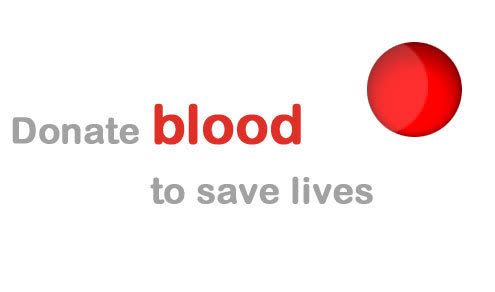MAC OS-----
Mac OS is a series of GUI based OS developed by APPLE inc. (formerly Apple Computer, Inc.) for their macintosh line of computer system. The Macintosh user experience is credited with popularizing the graphical user interface. The original form of what Apple would later name the "Mac OS" was the integral and unnamed system software first introduced in 1984 with the original macintosh, usually referred to simply as the System software
From the beginning, Apple deliberately sought to as minimize by design the user's conceptual awareness of the operating system as such. Tasks that on other products required a more explicit working knowledge of an operating system would on a Macintosh be accomplished by intuitive mouse gestures and manipulation of graphical control panels. The intention was that the product would thus be more user friendly and so more easily mastered. This would differentiate it from devices using other operating environments, such as MS DOS machines, which were more technically challenging to operate.
MAC OS X-
 The operating system is the successor to MAC OS 9 and the "classic" Mac OS. It is a Unix operating system, based on the NeXTSTEP operating system and the Mach Kernal which Apple acquired after purchasing NeXT Computer, with its CEO Steve jobs returning to Apple at this time. Mac OS X also makes use of the BSD code base. There have been six significant releases of the client version, the most recent being Mac OS X 10.7, referred to as Lion. On Apple's October 20th 2010 "Back to the Mac" event, Mac OS X 10.7 Lion was previewed, showing improvements and additions including a Mac App Store.As well as the client versions, Mac OS X has also had six significant releases as a server version, called Mac OS X Server. The first of these, MAC OS X server 0.9, was released in beta in 1999. The server versions are architecturally identical to the client versions, with the differentiation found in their inclusion of tools for server management, including tools for managing Mac OS X-based workgroups, mail servers, and web servers, amongst other tools. It was the default operating system for Xserve(which has now been discontinued), it's an optional feature on the Mac Mini and the Mac Pro, and it's also installable on most other Macs.
The operating system is the successor to MAC OS 9 and the "classic" Mac OS. It is a Unix operating system, based on the NeXTSTEP operating system and the Mach Kernal which Apple acquired after purchasing NeXT Computer, with its CEO Steve jobs returning to Apple at this time. Mac OS X also makes use of the BSD code base. There have been six significant releases of the client version, the most recent being Mac OS X 10.7, referred to as Lion. On Apple's October 20th 2010 "Back to the Mac" event, Mac OS X 10.7 Lion was previewed, showing improvements and additions including a Mac App Store.As well as the client versions, Mac OS X has also had six significant releases as a server version, called Mac OS X Server. The first of these, MAC OS X server 0.9, was released in beta in 1999. The server versions are architecturally identical to the client versions, with the differentiation found in their inclusion of tools for server management, including tools for managing Mac OS X-based workgroups, mail servers, and web servers, amongst other tools. It was the default operating system for Xserve(which has now been discontinued), it's an optional feature on the Mac Mini and the Mac Pro, and it's also installable on most other Macs.

Mac OS is a series of GUI based OS developed by APPLE inc. (formerly Apple Computer, Inc.) for their macintosh line of computer system. The Macintosh user experience is credited with popularizing the graphical user interface. The original form of what Apple would later name the "Mac OS" was the integral and unnamed system software first introduced in 1984 with the original macintosh, usually referred to simply as the System software
From the beginning, Apple deliberately sought to as minimize by design the user's conceptual awareness of the operating system as such. Tasks that on other products required a more explicit working knowledge of an operating system would on a Macintosh be accomplished by intuitive mouse gestures and manipulation of graphical control panels. The intention was that the product would thus be more user friendly and so more easily mastered. This would differentiate it from devices using other operating environments, such as MS DOS machines, which were more technically challenging to operate.
MAC OS X-
Mac OS X is the newest of Apple inc. Mac OS line of operating systems. Although it is officially designated as simply "version 10" of the Mac OS, it has a history largely independent of the earlier Mac OS releases.
Mac OS X is also the basis for IOS, (previously iPhone OS) used on Apple's iPhone, iPod touch, and iPad...
source:- wikipedia.org
(wikipedia.org/wiki/MAC OS)
Google.com







